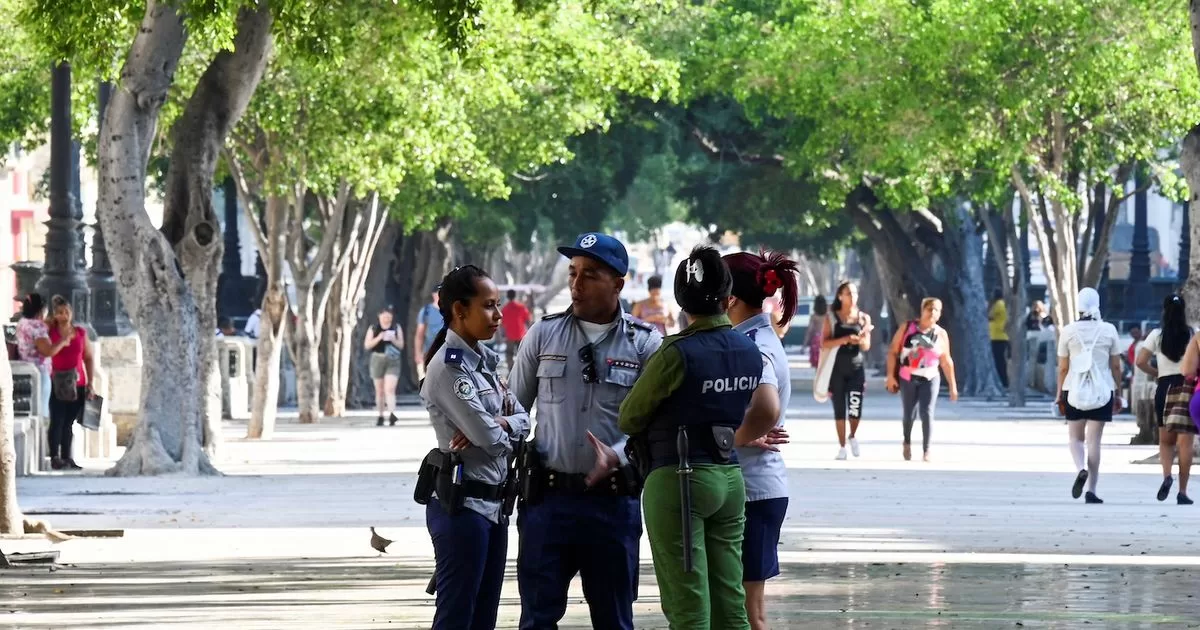The European aircraft manufacturer Airbus will deliver fewer aircraft this year than planned and is also struggling with further ramping up production over the next two years. The world’s largest aircraft manufacturer admitted at the beginning of December that the target of 700 commercial aircraft for 2022 was out of reach – after eleven months Airbus was at 565.
The backlog from the current year could also throw off plans to ramp up production of short-haul A320/A321-series aircraft to 65 aircraft a month by early 2024. Most recently, 50 machines were managed per month, before the CoV crisis it was 60.
Orders skyrocket
At the same time, Airbus can hardly save itself from orders. 647 orders came in in the first three quarters, cancellations already deducted. For comparison: In the same period of the previous year there were 133, and also in 2018 and 2019, i.e. before the pandemic, there were significantly fewer with 256 and 127. With an order book of 7,294 machines, Airbus could theoretically produce for more than ten years without the need for new orders, wrote the “Frankfurter Allgemeine Zeitung” (“FAZ”) at the end of October.
US competitor Boeing was only able to land an order worth billions for its 787 Dreamliner long-haul jet and the 737 Max medium-haul jet in December: United Airlines ordered 100 Dreamliners and secured purchase options for a further 100 machines of the type. United has also purchased 44 examples of the 737 Max, ordered an additional 56 of these aircraft and secured an additional 100 options. Boeing’s total order intake, excluding cancellations through November, was 571 aircraft.
Great demand meets a lack of supply
Travel demand after the pandemic has recovered surprisingly quickly and strongly, especially on short and medium-haul routes. But airlines’ interest in restocking and refreshing their aging fleets is met with significant problems in the supply chain – from sourcing the necessary components to labor shortages.
Climate-friendly air travel
Airplanes are among the most climate-damaging means of transport. The share of the aviation industry in man-made climate change is estimated at around 3.5 percent.
Steven Udvar-Hazy, founder of giant aircraft lessor Air Lease Corporation (ALC), told Bloomberg a few days ago that every plane delivered to ALC in the past two years has been delayed. “We didn’t get a single plane on time, whether it was a 737 Max or a 787 or an A330 or A350. We had delays of up to six or seven months. It’s a combination of supply chain issues, ramping up production too quickly, and labor shortages. Production workers cannot work from home. So it’s a real problem.”
The thousands of planes that airlines have parked in deserts around the world during the CoV pandemic, not knowing when demand would return, are also contributing to the machine shortages. Hundreds of them have not been reinstated into the fleets, either because they are in urgent need of maintenance after being unused for so long, or because airlines planned to phase them out.
Return of the Airbus superjumbo
However, the delivery problems led many to rethink: Lufthansa, for example, brought the Airbus A380, the largest passenger aircraft in the world, which had actually been retired, back into service. At the beginning of December, after more than two years, an A380 landed at Frankfurt Airport again. In 2020, the company parked the jet in an aircraft parking lot in Teruel, Spain. “Following a thorough check, the Lufthansa aircraft is now scheduled to go back into scheduled service in Munich from March and take up to 555 guests per flight all over the world,” wrote the “WirtschaftsWoche” (“WiWo”) recently.
According to “WiWo”, other airlines are also reactivating their former flagship, meanwhile more than half of the 251 machines delivered by ten of the 15 operators so far have been retrieved from their corona-related parking spaces. Although it costs up to 20 million euros to bring a stored A380 back to life, it should be worth it for many airlines.
No lower prices in sight
Nevertheless, the A380, which has often been said to be dead, is unlikely to have a long life: Even before the pandemic, Airbus had announced the end of production in February 2019 because demand had collapsed – there were only a few routes where the aircraft could be filled profitably. The Hamburg aviation expert Heinrich Großbongardt told the “WiWo” about the return: “For almost all operators who do it, the aircraft is in one way or another only a stopgap for a limited time.” After that, the machines should return to aircraft cemeteries in deserted areas .
The mixed situation does not bode well for potential passengers, along with persistently high oil prices and the abrupt reopening of China after the pandemic. Lower flight prices are currently not in sight.





